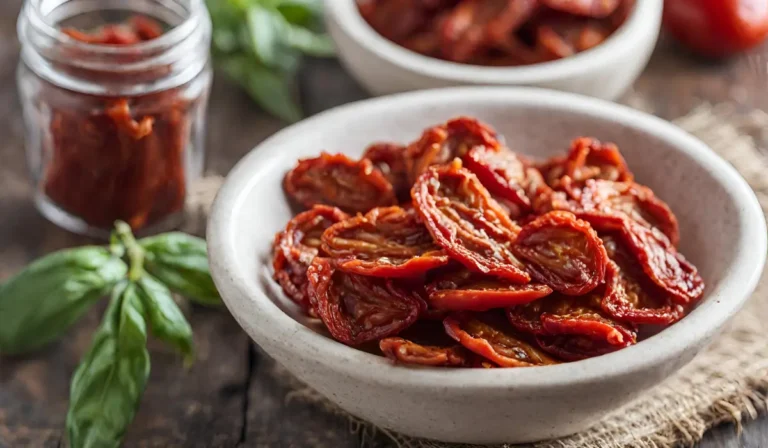Understanding Sun-Dried Tomatoes and Their Role in Cooking
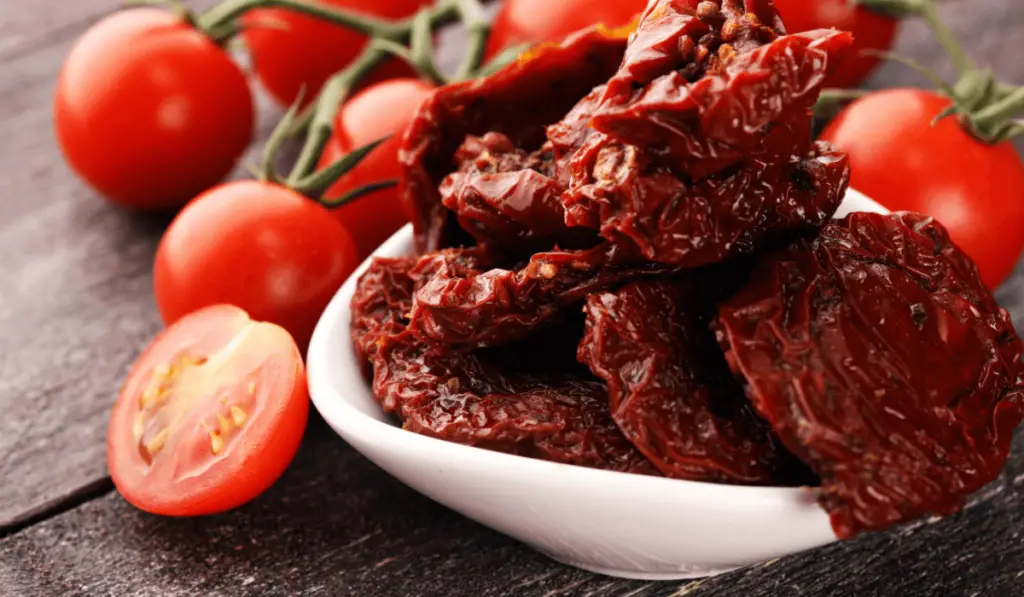
Introduction to Sun-Dried Tomatoes
Sun-dried tomatoes have been a staple in Mediterranean cuisine for centuries. Known for their intense flavor and versatility, these tomatoes are a popular ingredient in a variety of dishes. They are made by drying ripe tomatoes in the sun, which concentrates their flavor.
Why Substitute Sun-Dried Tomatoes?
There are several reasons why you might need a substitute for sun-dried tomatoes:
- They can be hard to find in some regions.
- Dietary restrictions may require alternatives.
- They can be more expensive than other tomato products.
For more insights into the world of tomatoes and their culinary uses, check out Epicurious – Tomato Recipes.
Quick Oven Roasted Tomatoes
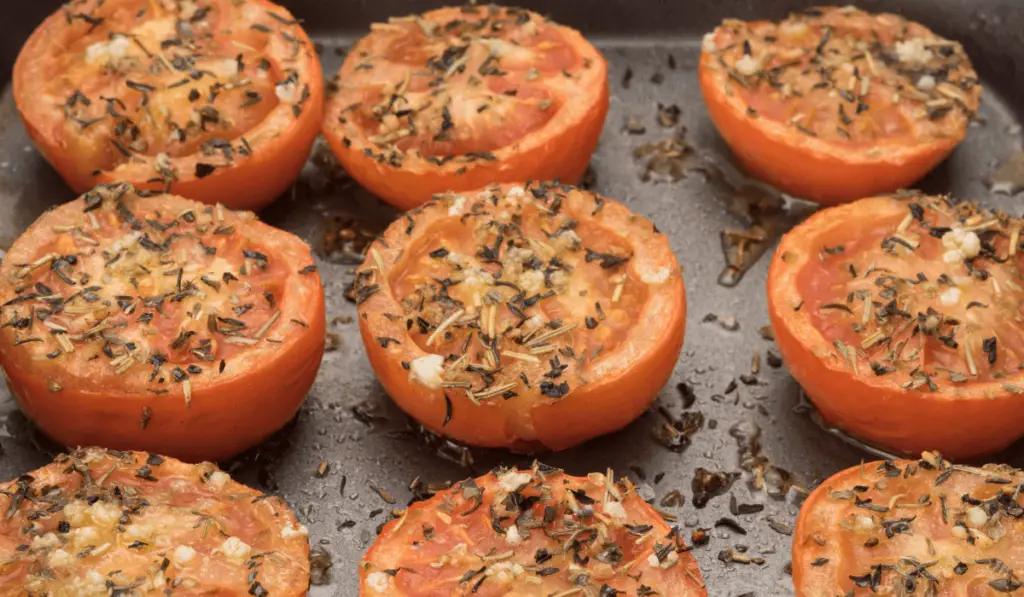
Ingredients:
- Fresh tomatoes (any variety, though Roma or cherry tomatoes are highly recommended for their sweetness and size)
Equipment:
- Baking sheet
- Parchment paper (optional, for easier cleanup)
Preparation Method:
- Preheat the Oven: Set your oven to a moderate temperature, around 375°F (190°C) to 400°F (200°C), which is ideal for roasting tomatoes without burning them.
- Prepare the Tomatoes: Wash the tomatoes thoroughly. If using larger tomatoes like Roma, cut them into halves or quarters. Cherry tomatoes can be left whole or halved, depending on your preference.
- Seasoning: Lightly toss the tomatoes with olive oil, salt, and any other seasonings you prefer (such as garlic powder, dried basil, or oregano) to enhance their flavor.
- Arrange on Baking Sheet: Spread the tomatoes out on a baking sheet lined with parchment paper. Make sure they’re not overcrowded to allow for even roasting.
- Roast: Place the tomatoes in the oven and roast until they are slightly dried but still juicy. This usually takes about 25-35 minutes, depending on the size of the tomatoes and your oven. Halfway through, you might want to check and gently turn or stir them to ensure even roasting.
- Cool and Serve: Once done, let them cool slightly before serving or using in your recipes.
Suitable Recipes:
- Pasta Dishes: Add them to pasta for a burst of flavor. They can beautifully complement both light olive oil-based and more robust sauces.
- Salads: Mix them into salads for added sweetness and a rich texture.
- Pizza Toppings: Use them as a topping on pizzas for a gourmet touch. Their roasted flavor pairs wonderfully with mozzarella and fresh basil.
Tomato Paste and Puree
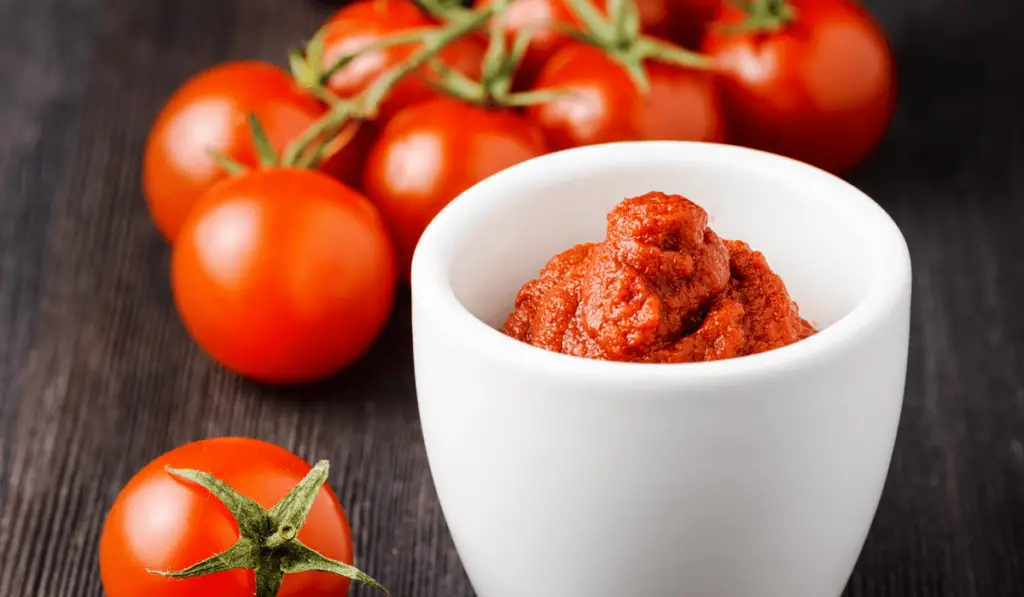
Tomato paste and tomato puree are essential pantry staples, each offering unique characteristics in texture and flavor that can enhance various dishes. Understanding the differences between the two can help you make the best choice for your cooking needs.
Tomato Paste
Texture and Flavor: Tomato paste is known for its thick consistency and intense, concentrated tomato flavor. The process of making tomato paste involves cooking tomatoes for a long time to reduce moisture, concentrating the tomato’s natural flavors and sugars. This results in a dense, rich paste that packs a lot of flavors in a small amount.
Best Uses: Tomato paste is ideal for adding depth and richness to sauces and stews. Its concentrated flavor is especially useful in dishes that require a long cooking time, allowing the tomato flavor to permeate the dish without adding excess liquid. A small amount of tomato paste can significantly enhance the flavor profile of your recipes, making it a powerful ingredient in the kitchen. It’s also commonly used as a base in the preparation of homemade pizza sauce, where its thickness and intensity can stand up to baking.
Tomato Puree
Texture and Flavor: Tomato puree has a smoother, lighter texture and flavor compared to tomato paste. It is made by cooking and straining tomatoes, resulting in a liquid that is thicker than tomato juice but not as concentrated as tomato paste. The flavor of tomato puree is milder and less intense, making it a versatile ingredient in the kitchen.
Best Uses: Tomato puree works well in soups and as a base for other dishes that require a tomato flavor without the intensity of tomato paste. It’s an excellent choice for recipes where you want the tomato to complement other ingredients rather than dominate the dish. Tomato puree can also be used to make lighter sauces, such as marinara, where a smooth texture and a balanced tomato flavor are desired.
Fresh Tomatoes
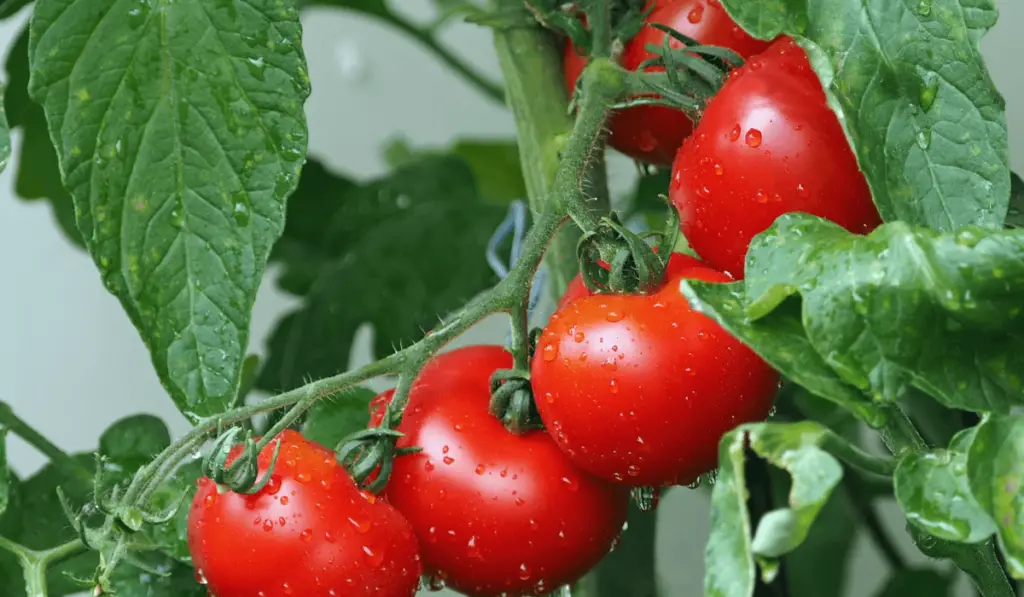
Fresh Tomatoes
Varieties: When it comes to fresh tomatoes, cherry, plum, and Roma varieties stand out for their distinct flavors and textures. Cherry tomatoes are small and sweet, perfect for salads and snacking. Plum tomatoes, with their fewer seeds and meaty texture, are ideal for sauces. Roma tomatoes are a versatile choice, known for their rich flavor and firm flesh, making them excellent for both fresh and cooked dishes.
Enhancing Flavor: To elevate the taste of fresh tomatoes and bring them closer to the tanginess of sun-dried tomatoes, consider adding fresh herbs such as basil, oregano, or thyme. A squeeze of lemon juice can also mimic the concentrated tanginess of sun-dried tomatoes, adding a fresh and zesty dimension to your dishes.
Tamarind Paste
Flavor Profile: Tamarind paste is a staple ingredient in many Asian cuisines, known for its unique sour and sweet taste. This complex flavor profile can add depth and intrigue to a wide range of dishes, from curries and soups to sauces and marinades.
Usage: Given its potent flavor, it’s best to start with a small amount of tamarind paste and adjust according to taste. It can be a powerful tool for balancing and enhancing the flavors in a dish, adding a distinctive tangy sweetness that complements both savory and sweet preparations.
Homemade Sun-Dried Tomatoes
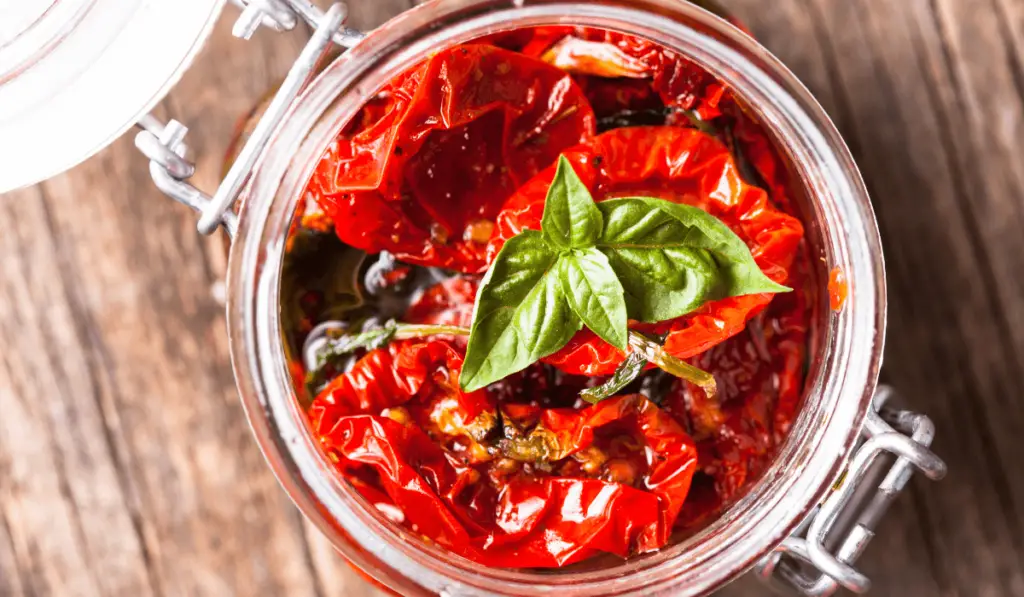
Guide: Making sun-dried tomatoes at home is a simple process that requires patience but yields delicious results. Begin by halving and deseeding cherry or grape tomatoes, then slowly oven-bake them at a low temperature (around 200°F or 90°C) to preserve their natural sweetness while achieving the desired dryness.
Tips: It’s crucial to monitor the tomatoes closely throughout the baking process to prevent burning. Placing them cut side up on a baking sheet and optionally seasoning with salt, herbs, or garlic can enhance their flavor. The low and slow baking mimics sun-drying, concentrating the tomatoes’ flavors and sugars for a sweet, tangy result similar to traditional sun-dried tomatoes.
Roasted Bell Peppers
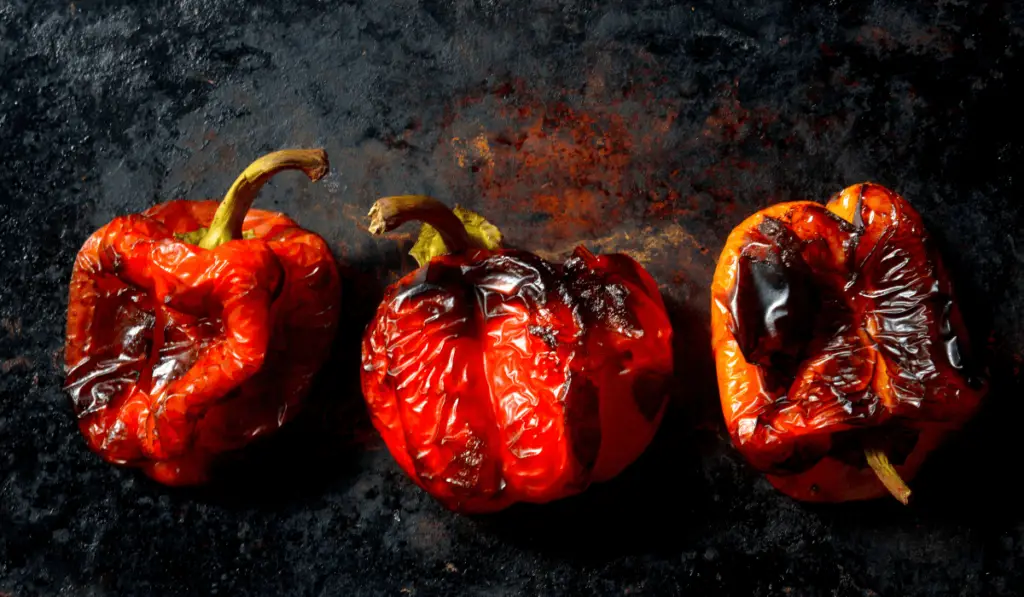
- Preparation: Can be roasted over a gas stove or in an oven.
- Flavor Characteristics: They offer a sweet and slightly charred taste.
- Versatility: Great in salads, pasta, and as a pizza topping.
Pecans as a Unique Substitute
- Flavor and Texture: Pecans provide a nutty flavor and crunchy texture.
- Culinary Uses: Can be used in salads, pasta dishes, and as a topping.
FAQs Section

- Are Sun-Dried Tomatoes Actually Dried in the Sun? Traditionally, yes. However, modern methods include using dehydrators or ovens.
- Can I Substitute Sun-Dried Tomatoes for Fresh Tomatoes in Any Recipe? It depends on the recipe. For dishes like salads and sandwiches, fresh tomatoes can be a great alternative.
- How Do I Choose the Best Substitute Based on the Recipe? Consider the texture and flavor profile required for your dish. For instance, use tamarind paste for a sour kick in Asian recipes or roasted bell peppers for a sweet touch in Mediterranean dishes.

